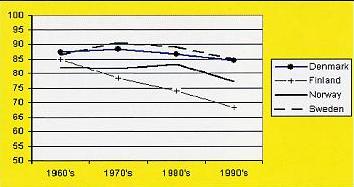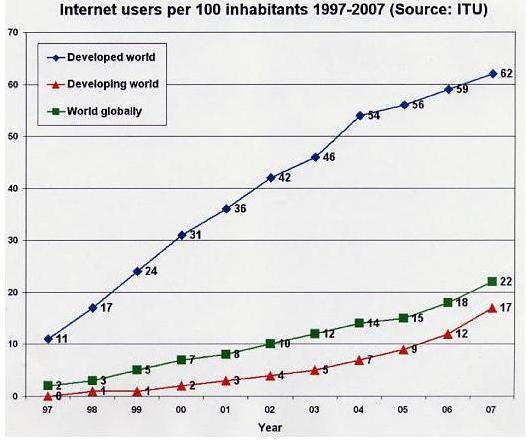Vuoden 1809 merkkivuoden juhlinta on Suomessa ja Ruotsissa sujunut asiallisissa ja arvokkaissa merkeissä. Niin avaustilaisuus Tukholmassa kuin viime lauantain päätilaisuus Porvoon tuomiokirkossa olivat tyylikkäitä ja oikealla tavalla valistavia. Tiina Puumalaisen käsikirjoittama ja ohjaama juhladraama Laulu Suomelle toimi tuomiokirkossa vielä paremmin kuin televisiossa. Esitystavassa ja -tekniikassa saattoi olla samankaltaisuutta Kristian Smedsin Tuntemattoman sotilaan kanssa, mutta Porvoossa ei esityksen tehoa ollut häiritsemässä Linnan klassikon kaltainen teos vertailukohteena.
Historiallisissa näytelmissä oiotaan aina historian mutkia, mutta parhaimmillaan pelkistys korostaa juuri olennaisia asioita. Laulussa Suomelle historioitsija voi kyseenalaistaa Sprengtportenin ylikorostamisen tai sen, että Ruotsin kuninkaasta Kustaa IV Adolfista oli tehty pellehahmo, mutta päälinjat olivat paikallaan.
Isoin korvaan särähtänyt anakronismi on toistuva puhe Porvoon maapäivistä ”valtiopäivinä”, joka on paljon myöhemmin suomalaisten kansallista tietoisuutta korostamaan luotu keinotekoinen konstruktio. Keinotekoisuus korostuu, kun samanaikaisesti kuitenkin ruotsiksi käytetään oikeaa aikalaiskäsitettä lantdag.
30.3. 2009


